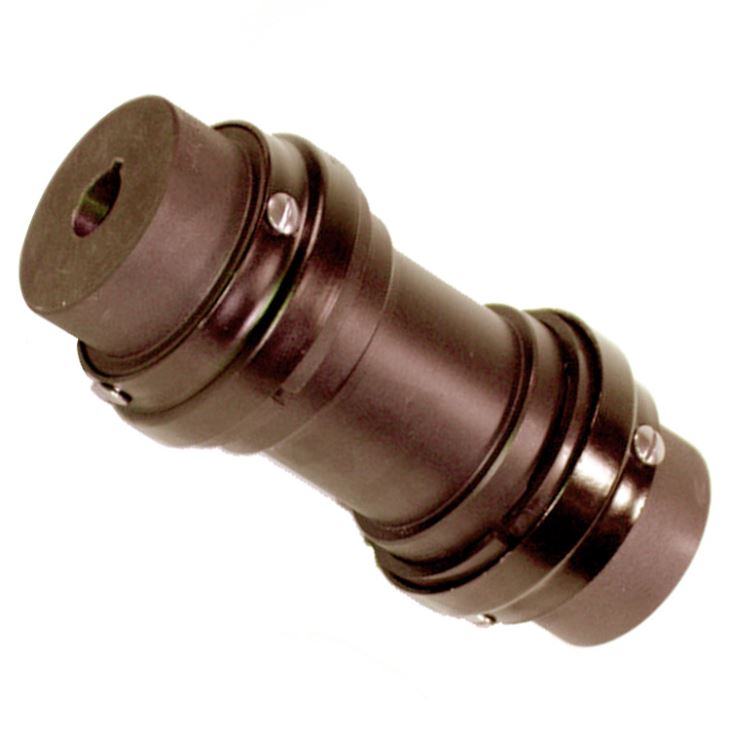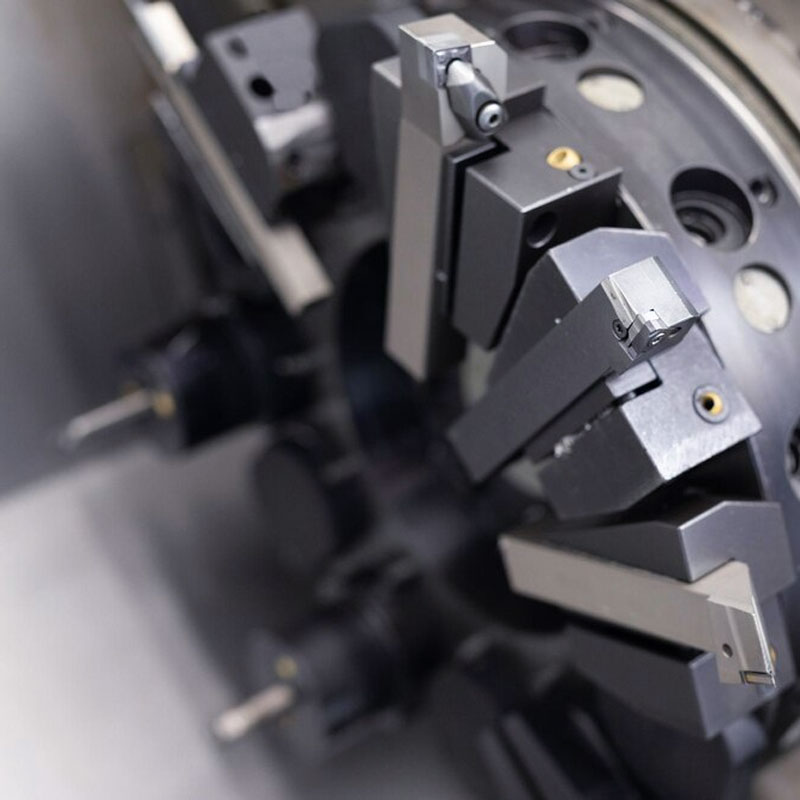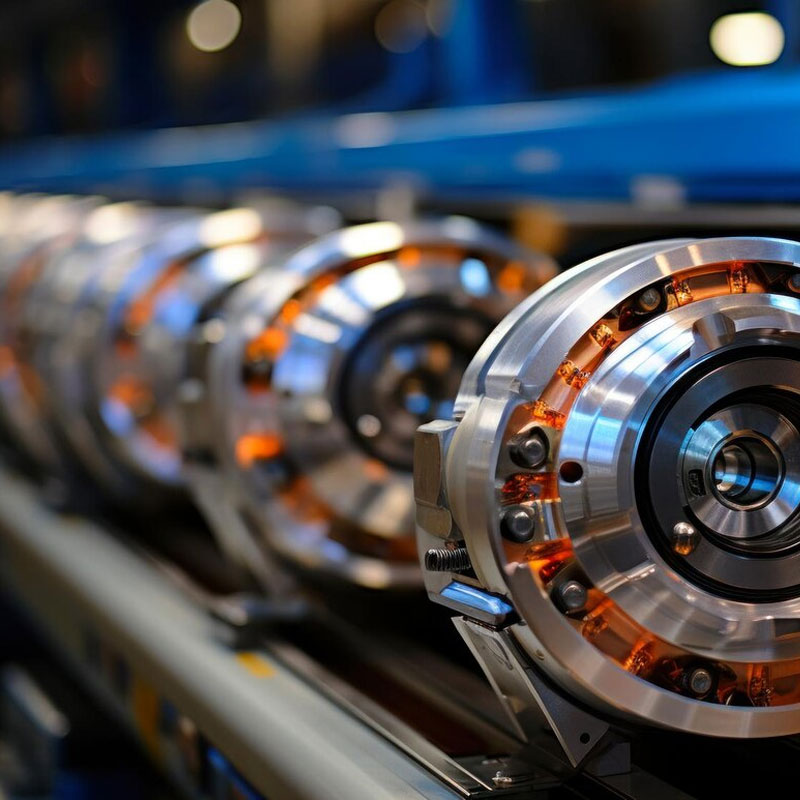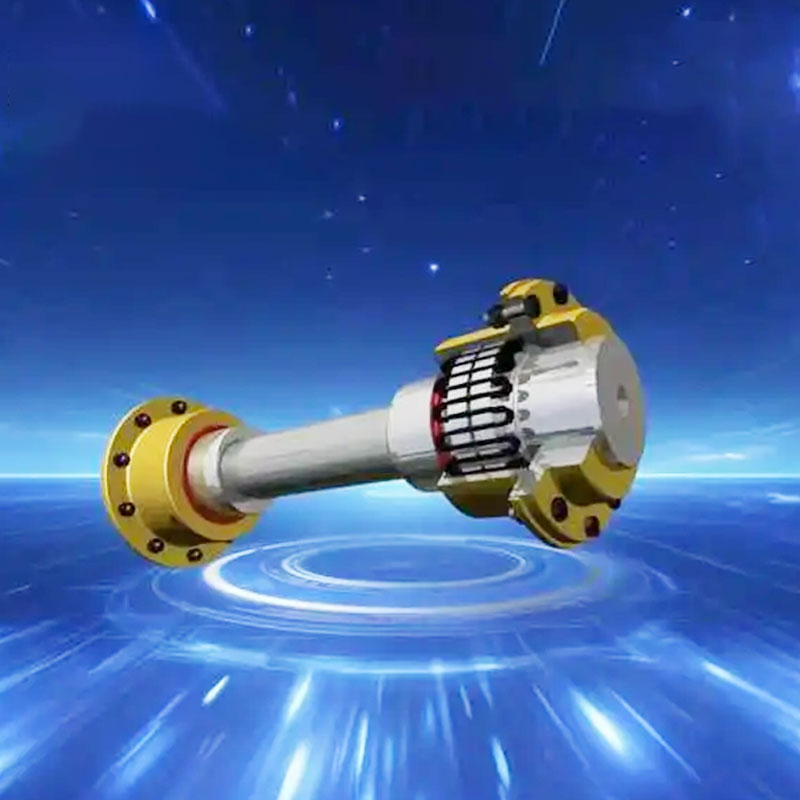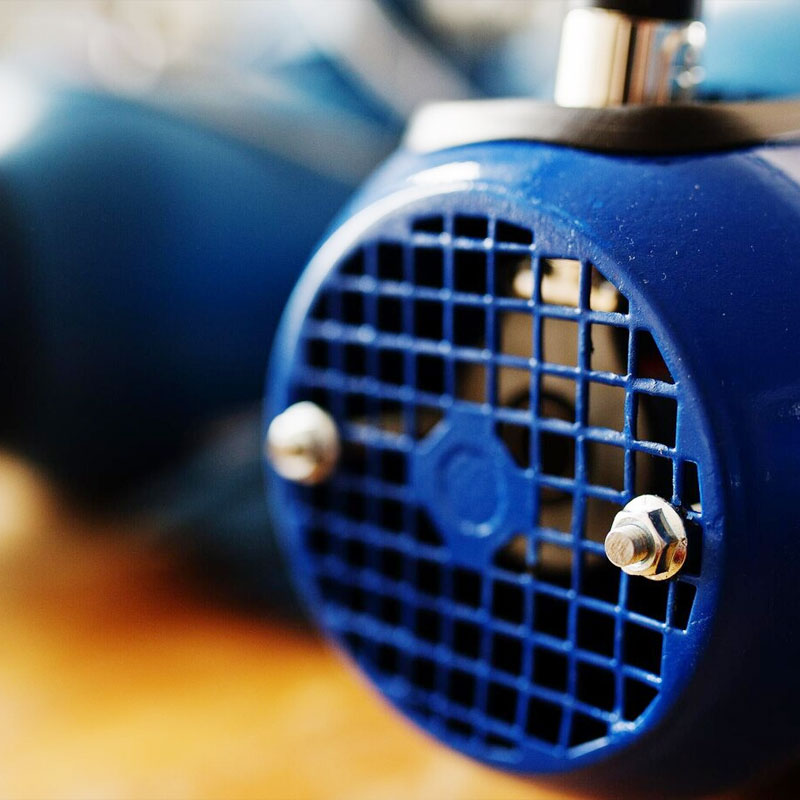Spacer Coupling
Spacer Coupling: Precision Power Transmission Solutions
Spacer couplings are essential components in mechanical power transmission systems, designed to connect shafts while accommodating misalignment and maintaining precise distance between connected equipment. These couplings play a critical role in various industrial applications where accurate shaft positioning is required.
Key Features of Spacer Couplings
- Precision Alignment: Maintains accurate shaft positioning in demanding applications
- Versatile Spacing: Available in multiple standard and custom lengths
- High Torque Capacity: Designed to handle substantial power transmission requirements
- Vibration Damping: Reduces vibration transmission between connected equipment
- Easy Maintenance: Allows servicing of connected equipment without complete disassembly
Spacer Coupling Product Specifications
| Model | Bore Range (mm) | Torque Capacity (Nm) | Max Speed (RPM) | Material |
|---|---|---|---|---|
| SC-100 | 10-50 | 200 | 10,000 | Steel |
| SC-200 | 20-80 | 500 | 8,000 | Stainless Steel |
| SC-300 | 30-120 | 1,200 | 6,000 | Alloy Steel |
| SC-400 | 40-150 | 2,500 | 5,000 | Cast Iron |
| SC-500 | 50-200 | 5,000 | 4,000 | Forged Steel |
Technical Advantages
- Customizable Lengths: Spacer tubes available from 50mm to 2000mm
- Multiple Hub Options: Compatible with various hub designs for flexibility
- Corrosion Resistance: Optional protective coatings available
- Temperature Range: Operates from -40°C to +150°C
- Balance Standards: Meets ISO 1940 G6.3 balance requirements
Spacer Coupling FAQ
Q: What maintenance is required for spacer couplings?
A: Spacer couplings require regular visual inspections for wear and proper alignment. Lubrication intervals vary by model but typically range from 3-12 months of operation. Check bolt torques periodically according to manufacturer specifications.
Q: How do I select the proper spacer coupling length?
A: The spacer length should equal the required shaft separation distance minus the combined insertion depths of both coupling halves. Always consult engineering drawings or measure existing equipment carefully, considering thermal expansion and operational movement.
Performance Data
| Size | Max Angular Misalign (deg) | Max Parallel Offset (mm) | Weight (kg) | Axial Float (mm) |
|---|---|---|---|---|
| Small (10-50mm) | 1.5 | 0.5 | 0.8-4.2 | ±1.0 |
| Medium (50-100mm) | 1.0 | 0.75 | 4.5-12.5 | ±1.5 |
| Large (100-200mm) | 0.5 | 1.0 | 13.0-45.0 | ±2.0 |
Application Areas
- Pump systems requiring seal maintenance access
- Marine propulsion systems
- Paper manufacturing equipment
- Power generation turbines
- Food processing conveyors
Spacer Coupling FAQ
Q: Can spacer couplings handle axial movement?
A: While primarily designed for radial misalignment, many spacer coupling models can accommodate limited axial movement (typically ±1-3mm depending on size). For applications with significant axial movement, consult with engineering specialists about specialized designs.
Q: What's the typical lead time for custom spacer couplings?
A: Standard spacer couplings are usually available from stock with 1-3 day delivery. Custom configurations typically require 3-6 weeks for manufacturing, depending on complexity, material requirements, and current production loads.
Installation Guidelines
- Verify shaft dimensions and keyway specifications
- Clean all mating surfaces thoroughly
- Apply appropriate lubricant to contact surfaces
- Align equipment within specified tolerances
- Torque fasteners to recommended values in crisscross pattern
- Perform final alignment check after full torque application
Material Options
| Material | Advantages | Limitations | Typical Applications |
|---|---|---|---|
| Carbon Steel | High strength, cost-effective | Corrosion prone | General industrial |
| Stainless Steel | Corrosion resistant | Higher cost | Food, marine, chemical |
| Cast Iron | Damping properties | Brittle | High vibration |
| Alloy Steel | High torque capacity | Requires hardening | Heavy industry |
Spacer Coupling FAQ
Q: How do spacer couplings compare to other coupling types?
A: Spacer couplings offer distinct advantages when equipment separation is needed while maintaining precise alignment. Unlike rigid couplings, they accommodate some misalignment, and unlike flexible couplings, they provide more precise positioning. The spacer section allows maintenance access without full equipment disassembly.
Q: What safety factors should be considered with spacer couplings?
A> Always include appropriate guards for rotating spacer couplings as they present pinch points. Consider the additional mass in dynamic balancing calculations. Ensure proper lubrication to prevent overheating, and establish inspection protocols for fatigue monitoring in high-cycle applications.
Industry Standards Compliance
- ISO 9001:2015 Quality Management
- AGMA 9002-B04 Gear Coupling Standard
- API 671 4th Edition for refinery service
- ATEX Directive 2014/34/EU for explosive atmospheres
- CE Marking for European market compliance
- View as
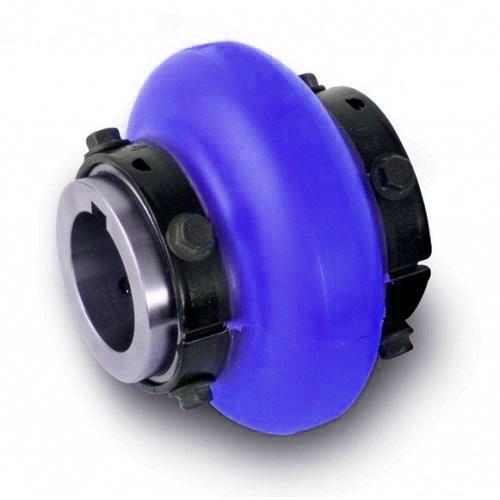
Fenaflex Spacer Coupling
